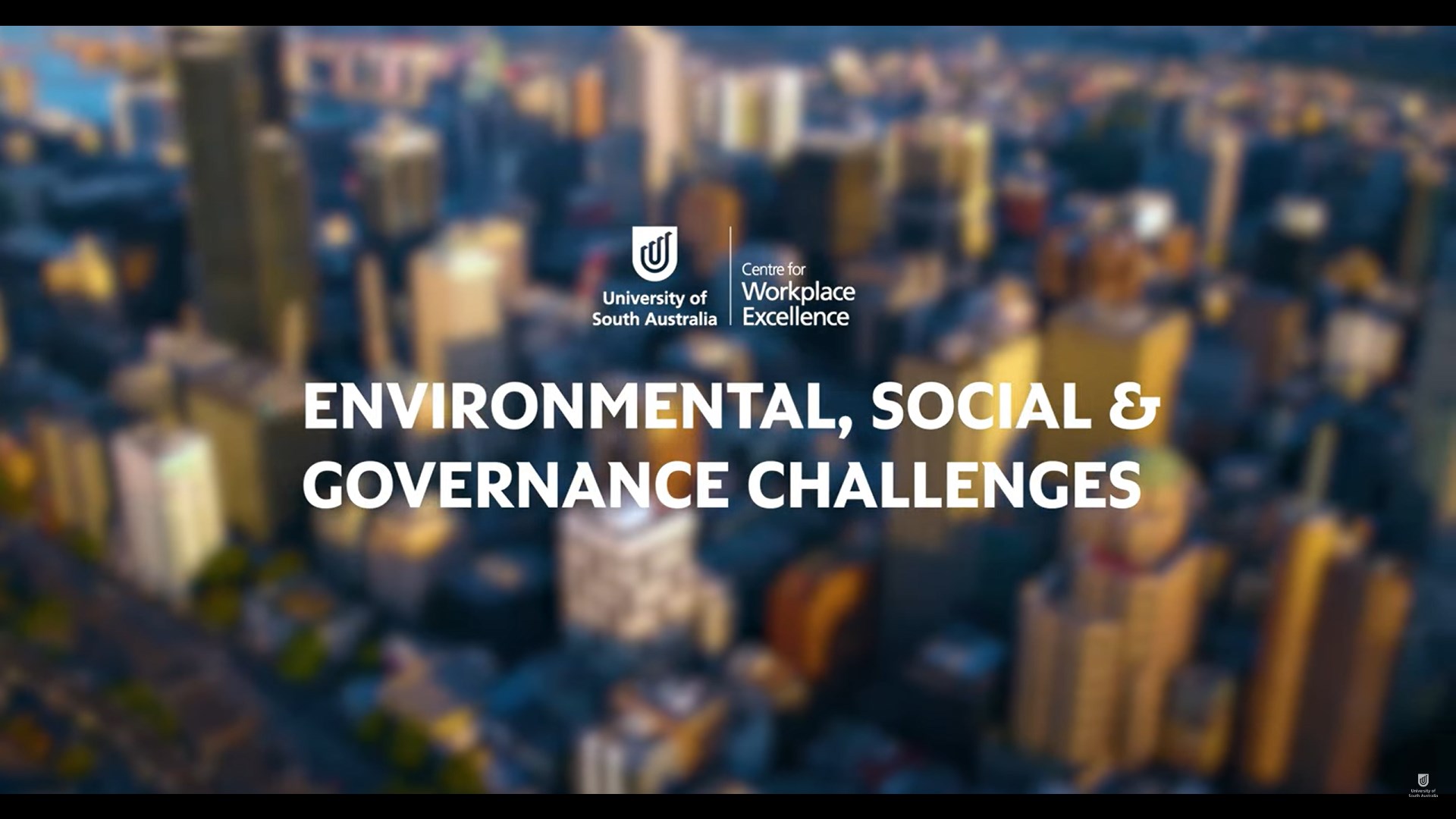ESG captures the idea that firms should not be evaluated just on their commercial performance but also on their environmental, social, and governance performance. This numeric evaluation is aimed at giving ESG concerns a “legitimate” seat on the table along with other financial indicators of firm performance.
About the Project
ESG investing has gained significant traction in the last couple of decades. According to Global Sustainable Investment Alliance the size of ESG market in 2022 is around $35.3trn.
In theory, stakeholder pressure for greater ESG performance can be a powerful lever for change, but in practice ESG (at least currently) is fraught with problems. Before ESG can be “the messiah that can save the planet”, we need to urgently address some fundamental problems in ESG measurement, disclosure and impact. If we fail to address these issues, ESG will end up as another passing fad and as greenwash.
This project has the following aims
1. Standardising ESG measurement (what shall we measure on?)
Currently there are a plethora of ESG indicators. Firms can choose to report on Global Reporting Initiative (GRI), Sustainable Development Goals (SDGs), or a wide array of consultancy score cards. Currently, there are about 700 metrics across more than 60 categories. This makes comparing ESG performance across firms extremely hard. Currently the European Union is pushing for ESG standards as is the United States, but again these ESG standards do not match up.
2. Standardising ESG disclosure (what data shall we show?)
ESG disclosure is also beset with problems. For example, there are three types of greenhouse gas (GHG) emissions: Scope 1 includes direct emissions (such as fuel combustion by company vehicles); Scope 2 covers indirect emissions from the generation of purchased electricity, steam, heating and cooling consumed by the company; Scope 3 includes all other indirect emissions that occur in a company’s value chain. Scope 3 emissions are responsible for 90% of emissions in many industries and yet very few firms report their scope 3 emissions.
3. Evaluating ESG impact (can ESG really save the planet?)
A fundamental problem with ESG is that it measures the risk that environmental and social challenges pose to businesses rather than the risk that businesses pose to environment and society. Flawed measuring and disclosure, means that despite measuring and reporting on ESG, businesses can continue to externalise harm to society. As a result, the bigger question of impact (businesses cannot survive on a failing planet) remains unaddressed by the (currently flawed) ESG measuring and reporting.
Researcher
Resources/Publications
Sandhu, S 2022, ‘Charting a way forward for ESG’, Indaily [Digital Article].
https://indaily.com.au/news/business/2022/10/10/charting-a-way-forward-for-esg/




